Publisher: Mason Lindroth
Developer: Mason Lindroth
Release Date: 10/02/2015
Available Exclusively On
To say Hylics isn’t an interactive piece of art is an understatement. I will get more into the visuals later, but there’s clear inspiration here from Earthbound. There’s not much of a story, and there doesn’t need to be one, because the world is a character itself. There is no possible way to make heads or tails of the world, so it makes sense that the story wouldn’t. There are four characters in your party, and you do go around fighting in dungeons, beating up bosses, and collecting loot, but in a less traditional fashion.
You start out with the character Wayne. There’s not much to say about Wayne. We get no backstory or epic dialog because we don’t need it. You start out inside your house, and you slowly introduce yourself to gameplay mechanics. Notice I said, “Introduce yourself.” There’s no tutorial or even any dialog messages stating anything is happening. I highly recommend playing this the first time with a guide, as some areas can be a little cryptic for how small of a world this game is. You have your typical RPG fight mechanics. You take turns with the enemies; you can attack or cast special attacks, run away, guard, etc. That’s all standard so far. You can also equip armor, weapons, accessories, etc. That’s about as standard as it gets. Everything else is either similar to Earthbound or just plain weird.
The entire game is finite. Every enemy’s death is permanent, as they are placed physically in the game world. There are no random encounters here. When enemies die, they are represented as a pile of flesh and bones on the ground. Most bosses are also optional. This game takes a rogue-lite approach to the RPG foundation by encouraging you to die. When you die, you go to the afterlife, which is a small building with a surrounding ocean of red. You can heal here and turn in flesh meat, which increases your hit points. This is the only way to “level up,” and that’s in the loosest sense of the word. Enemeis drops lots of cash, items, and meat, and this meat is needed to get further in the game. However, starting out is rough. You die a lot, and you usually can’t kill a single enemy part alone. It’s important to get the second party member quickly before engaging in battle.
That’s where the guide is needed. That is not a conventional way to play a game. Thankfully, the game is so short that you can get your first party member in 20 minutes. There is a world map that has different locations on it. There are a few main dungeons with bosses in them, but they aren’t shown or given to the player as typical bosses. They are just another enemy on screen, or you need to interact with them to start the battle. There is a single town in the whole game that has a few vendors. You can buy armor, accessories, items, and so forth. Items like frozen burritos can be microwaved from projectile weapons into warm burritos, which revive an ally. Hot dogs give full health, and other weird and alien items will do other things.
You can learn new special moves by finding TVs. The one small issue here is that you need to revisit every TV to give each party member the ability. Some do huge attack damage, and they are pretty much required to beat the final boss, while others can be used for defensive purposes like protecting from blind status or poison. Attacks are 1:1 to your mightiness power given by weapons. It’s important to seek out the most powerful weapons that are usually hidden in chests or locked behind something, such as needing to die three times or using dynamite to blow up a wall. There aren’t many locations like this, but they are important.
There are other weird quirks that you would never know are things, such as the fact that the character Somsnosa, who is the strongest, can only equip a single weapon and can pick up bugs found in areas to increase her might. These are weird-shaped creatures that are all white and are found in dungeons or safe zones. You can also run across merchants who offer a one-time type of food that is used on a specific animal back at Wayne’s house to acquire their skull for a shield. That would be completely missed without a walkthrough. These kinds of things are also present in games like Earthbound and either require you to stumble across them by accident or have a lot of abstract thinking going on.
Outside of the gameplay, the game’s most impressive feature are the visuals. They have avant-garde status in surrealism. They mesmerize, question, and barely represent anything remotely human or recognizable on our planet. The game has a Toejam & Earl vibe mixed with Earthbound. That’s the sense I got, but there’s not a single game in existence that looks or sounds like this one. Strange alien noises, weird haunting ambient music—none of it is scary or horror-themed. The game is so odd that it will make you feel lonely and empty just playing it. The world itself is a character, and the poetic dialog (the little there is) and Shakeperian story (if you can call it a story) don’t matter. It’s not that I cared, but I just didn’t need it. Just seeing these characters on screen, running across the few NPCs, and fighting the bosses was enough to keep my mouth shut. I just took in the fantastic visuals and played.
This goes for animations too. The game has a very claymation look and feel to it. The first-person combat animations feature strange hand gestures, alien symbols, and an odd sense of emptiness. There is nothing typical or trope-like about this game. Your brain wants to constantly categorize, put it in a box, or rationalize with the visuals. All you can do is accept what’s there and keep pushing on. The game can be finished almost 100% within 4-5 hours. Once you get three party members, the game becomes more enjoyable, and you quickly gain power where small enemies are pushovers. It’s just bosses you have to focus on. I wish you didn’t need to hold off on your consumable leveling up items once you have all the party members. The finite supply in the world makes this a requirement. But the satisfaction of being level 63 and having 5,000 HP at the end of the game allows for getting 100%.
All in all, Hylics is an insane piece of interactive art. There is nothing like it out there, and while the cryptic RPG elements feel dated and the game is difficult to get going, you will have a blast with it and not want to put the game down.





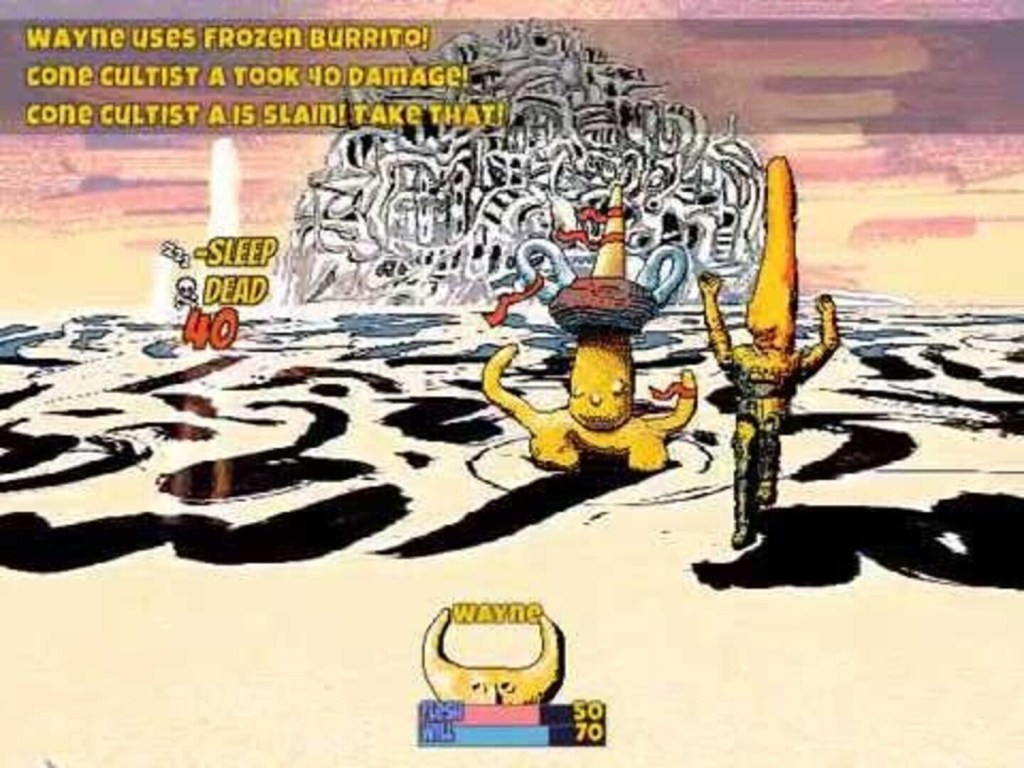

















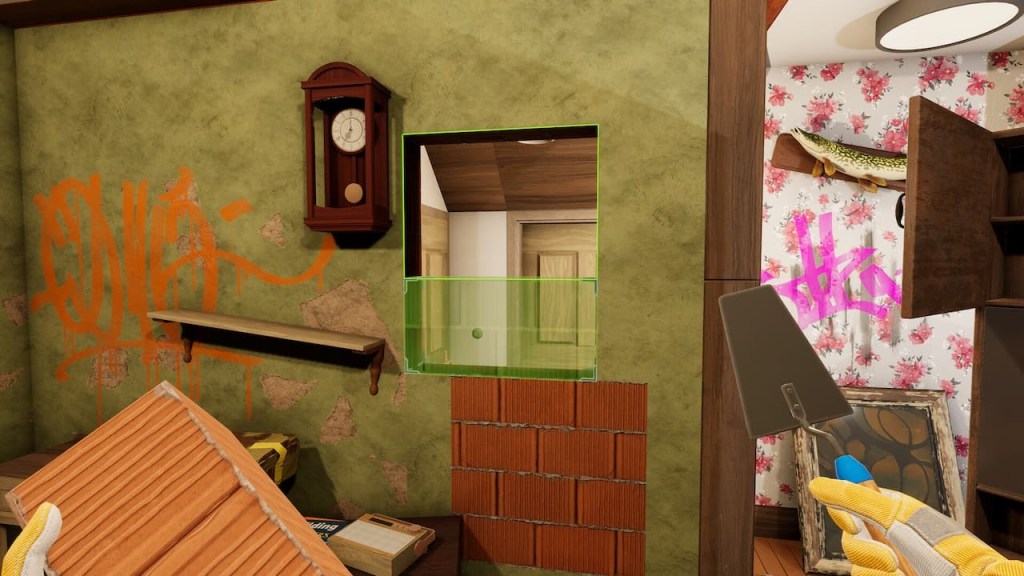




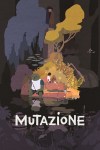






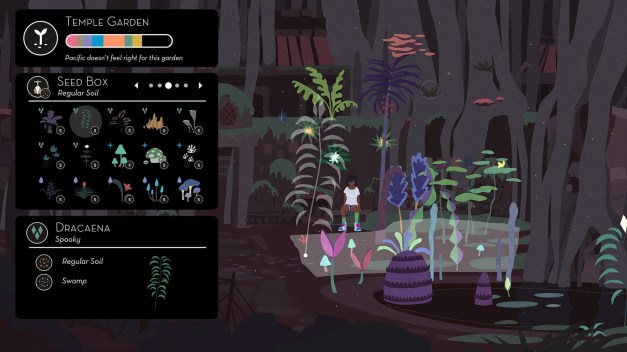

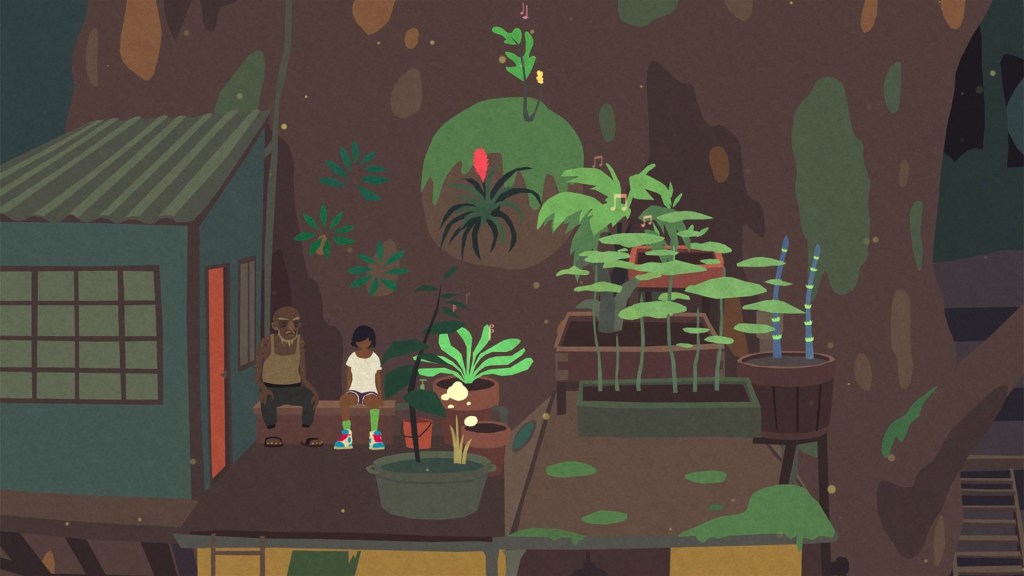
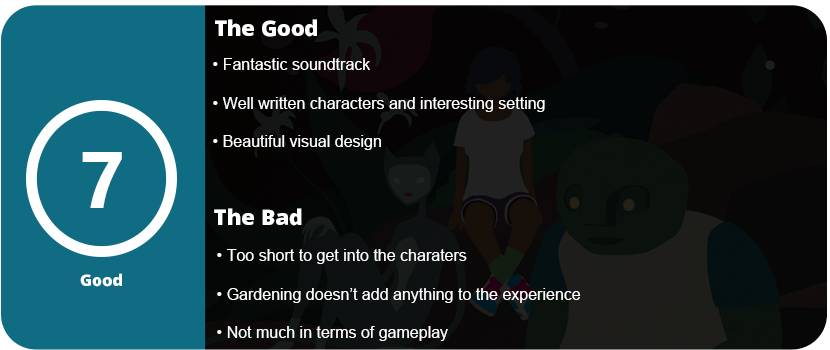




















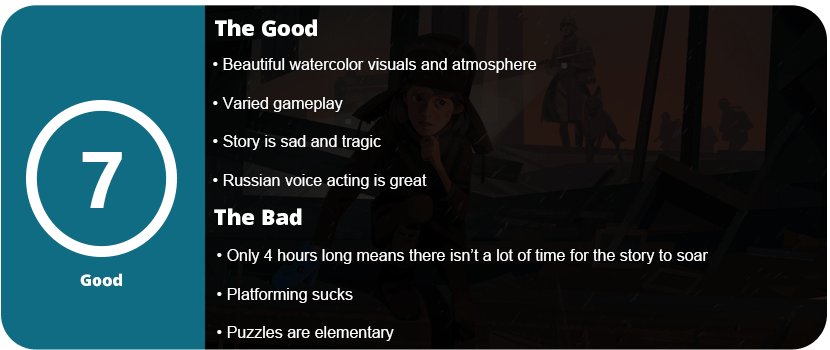


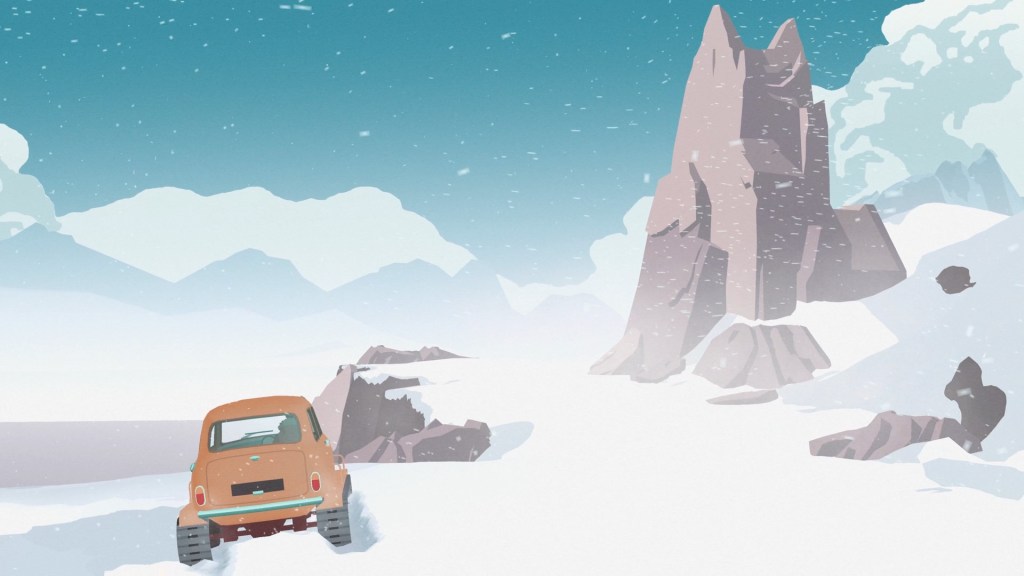

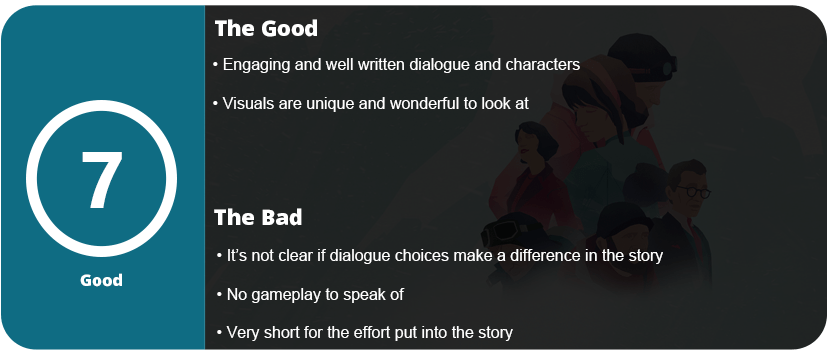



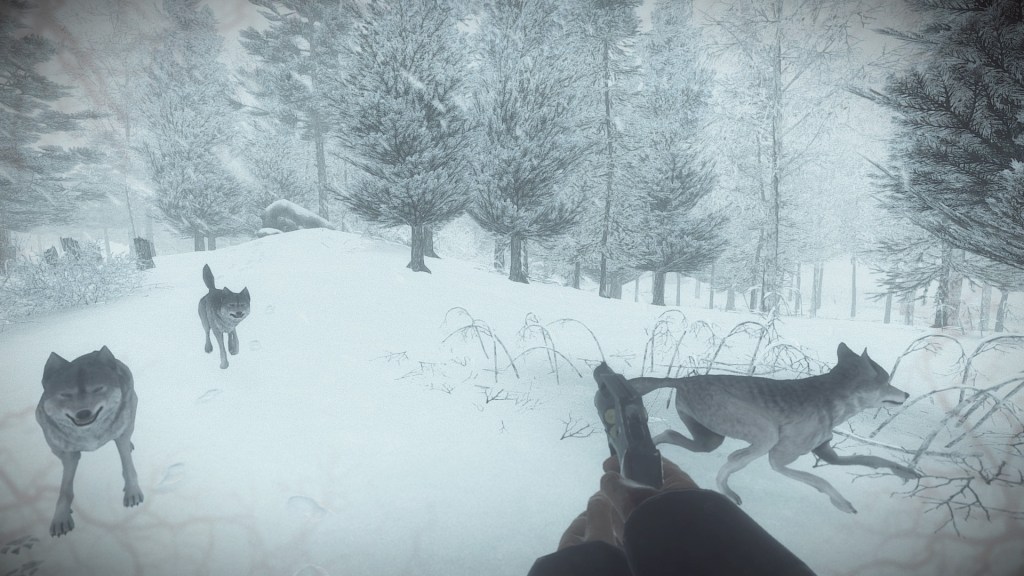

















Great post tthankyou